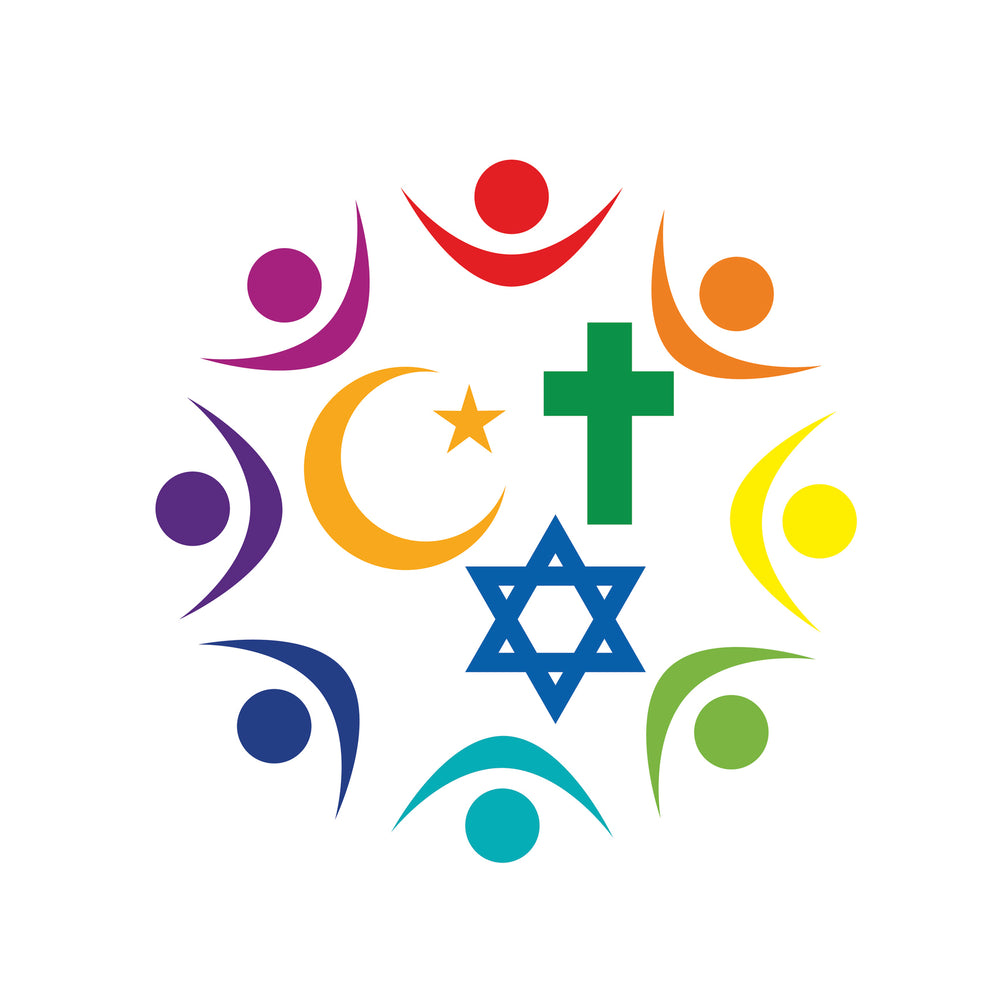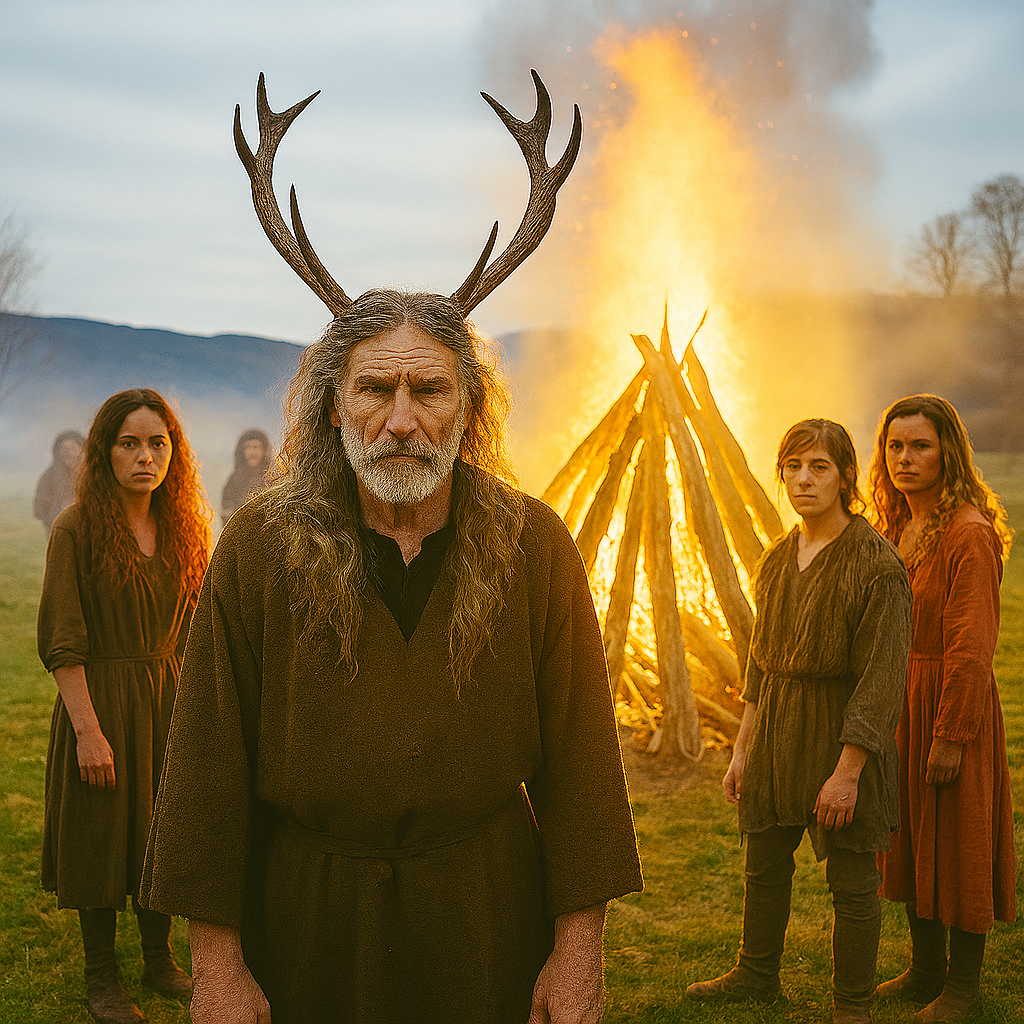The Real Origins of Halloween: From Samhain to All Hallows’ Eve
by Darrell Griffin, president of PureAudacity.com
The story of Halloween begins over 2,000 years ago with the ancient Celtic festival of Samhain (pronounced “sow-in”) in what is now Ireland, the UK, and northern France. For the Celts, November 1 marked the beginning of the new year and the end of the harvest season. The night before—October 31—was believed to be a liminal time, when the boundary between the living and the dead blurred.
During Samhain, it was believed that spirits of the dead returned to earth. Some were welcomed—lost loved ones visiting their families—but others were feared. To ward off malevolent spirits, people lit bonfires, wore animal-skin costumes, and offered sacrifices to Celtic deities. These rituals were both protective and celebratory, marking the transition from light to darkness, summer to winter.
⛪ Christian Influence: The Birth of “Halloween”
As Christianity spread across Europe, the Church sought to Christianize pagan festivals. In the 8th century, Pope Gregory III designated November 1 as All Saints’ Day, a time to honor saints and martyrs. The evening before became known as All Hallows’ Eve, eventually shortened to Halloween.
This blending of traditions didn’t erase Samhain’s influence. Instead, it created a hybrid celebration: the Christian observance of the dead layered atop older Celtic beliefs. The idea of spirits returning, the use of fire and costumes, and the emphasis on death and the afterlife all persisted, albeit with new religious framing.

🕯️ Religious Significance: Between Sacred and Secular
While Halloween has religious roots, its modern observance is largely secular, especially in the United States and much of Europe. However, its connection to Allhallowtide—a three-day Christian observance including All Saints’ Day (Nov 1) and All Souls’ Day (Nov 2)—remains significant in some traditions.
In Catholic and Anglican communities, these days are still marked with church services, prayers for the dead, and visits to cemeteries. In Mexico and parts of Latin America, this period overlaps with Día de los Muertos (Day of the Dead), a vibrant, spiritual celebration of ancestors that shares thematic DNA with Halloween but is distinct in tone and practice.
Thus, while Halloween itself may not be a religious holiday today, it exists within a broader spiritual framework that honors the dead, reflects on mortality, and acknowledges the unseen.
👻 Halloween in America: From Folklore to Candy Frenzy
Halloween arrived in North America with European immigrants, especially the Irish fleeing the potato famine in the 19th century. They brought with them customs like mumming (costumed door-to-door visits), carving turnips, and telling ghost stories.
By the early 20th century, Halloween in the U.S. had become a community-centered holiday, with parades, parties, and games. The 1950s saw the rise of trick-or-treating, a practice that may have roots in medieval souling—where the poor went door to door offering prayers for the dead in exchange for food.
Today, Halloween is a $13 billion industry in the U.S. alone, second only to Christmas in consumer spending. Costumes, haunted houses, horror films, and pumpkin-spiced everything have turned it into a cultural juggernaut.

🌍 Halloween Around the World
Though Halloween is most closely associated with the U.S., it’s celebrated in over 40 countries, each with its own twist:
• Ireland & Scotland: Still honor Samhain with bonfires, costumes, and traditional foods like barmbrack (a fruitcake with hidden charms).
• Mexico: Celebrates Día de los Muertos from Oct 31 to Nov 2, with altars (ofrendas), marigolds, sugar skulls, and family gatherings.
• Philippines: Observes Pangangaluluwa, where children go door to door singing and asking for prayers for souls in purgatory.
• Japan: While not traditional, Halloween has become a popular costume and cosplay event, especially in Tokyo’s Shibuya district.
• Germany: Some regions celebrate All Saints’ Day solemnly, while others have adopted Halloween parties and pumpkin festivals.
• Italy & Spain: Focus more on All Saints’ and All Souls’ Days, with visits to cemeteries and family meals, though Halloween is gaining popularity among youth.
In many places, Halloween is still viewed with suspicion or disapproval due to its pagan origins or perceived commercialism, but its global spread continues.
🧙♀️ Symbols and Superstitions
Halloween is rich with symbols, many of which trace back to ancient beliefs:
• Jack-o’-lanterns: Originally carved from turnips in Ireland to ward off evil spirits, they became pumpkins in America.

• Black cats: Associated with witches and bad luck, though revered in some cultures.
• Ghosts and skeletons: Echo the theme of death and the afterlife.
• Witches and broomsticks: Linked to medieval fears of sorcery and female power.
Even trick-or-treating, once a spiritual exchange, has become a playful ritual of costumed children collecting candy.
🧛♂️ Halloween Today: A Mirror of Cultural Change
Halloween’s enduring appeal lies in its ability to evolve. From sacred rite to secular revelry, it reflects changing attitudes toward death, fear, community, and identity. It’s a night when the rules bend, when children become superheroes, adults become monsters, and the veil between worlds—real or imagined—feels just a little thinner.
In a world often marked by routine and restraint, Halloween offers a safe space for transformation, imagination, and even rebellion. It’s a holiday that invites us to confront our fears with laughter, to honor the past while celebrating the present.
Final Thoughts
Halloween is more than costumes and candy. It’s a cultural palimpsest—layered with Celtic spirituality, Christian remembrance, and modern creativity. Whether you light a candle for your ancestors, don a vampire cape, or simply enjoy a pumpkin latte, you’re participating in a tradition that has traveled through time and across continents.

So this October 31, as the sun sets and the shadows grow long, remember: you’re not just celebrating a holiday. You’re stepping into a story that began millennia ago, one that continues to shape how we see the world—and ourselves.





